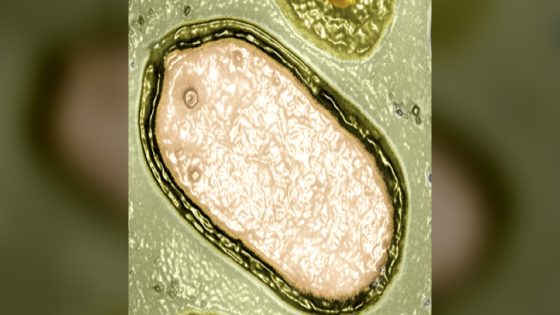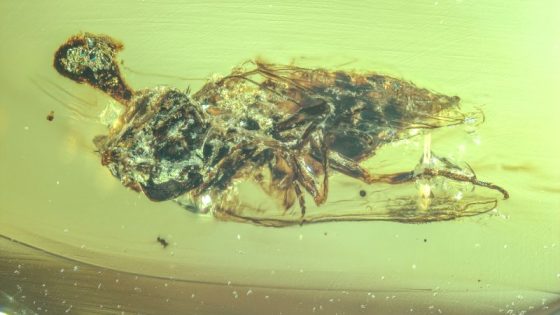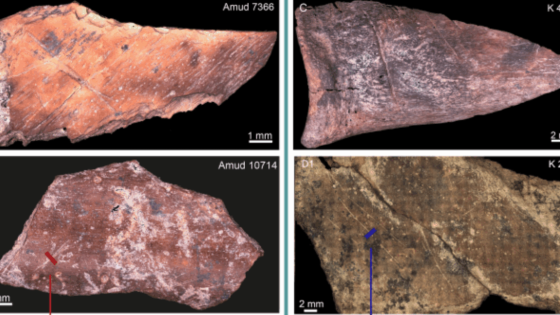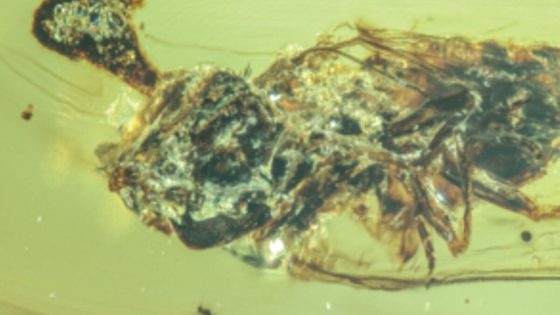Scientists have recently uncovered hundreds of new giant viruses, significantly advancing our understanding of oceanic ecosystems. This groundbreaking research, published on June 16, 2025, reveals 230 previously unknown giant viruses, shedding light on their role in marine life.
- Discovery of 230 new giant viruses
- Importance of viruses in marine ecosystems
- Role of viruses in algal bloom management
- Identification of new functional proteins
- Giant viruses hijack host photosynthesis
- Framework for future virus detection methods
Led by marine biologist Benjamin Minch and virologist Mohammad Moniruzzaman from the University of Miami, the study utilized advanced computer software to analyze microbial genomes in seawater samples. Understanding these giant viruses is crucial for grasping how they interact with marine organisms, particularly protists like algae and amoeba, which are vital to ocean health.
This discovery raises important questions about the ecological roles of these giant viruses. How do they influence marine food chains? What implications do they have for human health, especially concerning harmful algal blooms? Key points include:
- Giant viruses can manipulate host metabolism, affecting photosynthesis and carbon cycling.
- They play a significant role in the decline of phytoplankton, essential for oxygen production.
- The study provides a framework for future virus detection, crucial for monitoring ocean health.
As we continue to explore the vast diversity of marine life, this research opens new avenues for monitoring ocean health and addressing potential ecological threats. The future of marine science looks promising as we strive to uncover the mysteries of our oceans.

































